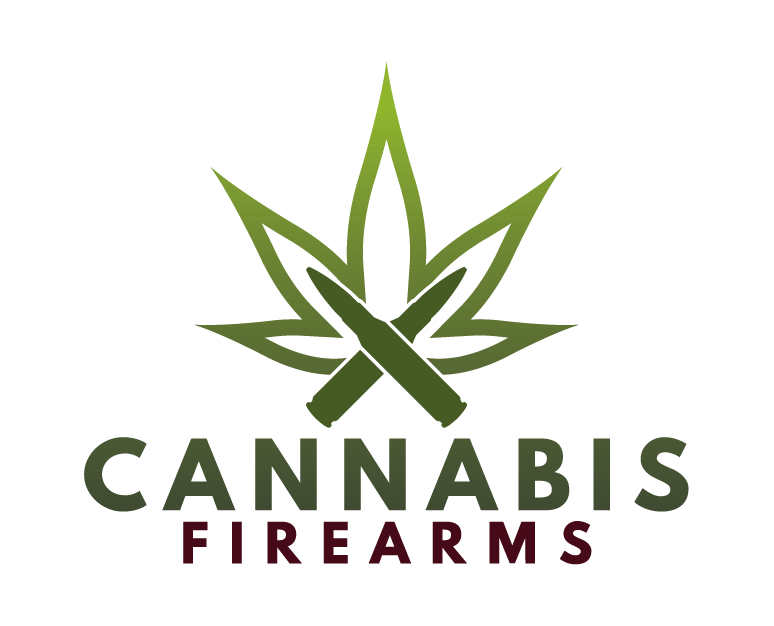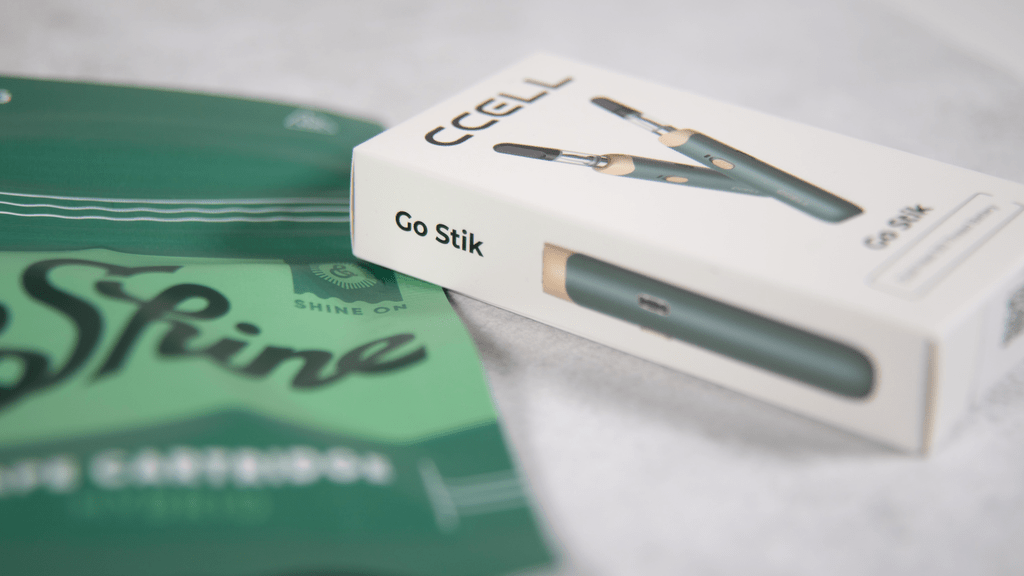The conversation around cannabis reform is moving fast—especially since the Biden administration signaled interest in reclassifying cannabis from a Schedule I to a Schedule III controlled substance. On the surface, this sounds like a game-changer: fewer criminal penalties, better access for researchers, and maybe even a smoother path for medical patients and businesses. But one question continues to stir debate among advocates and gun owners alike: If cannabis becomes Schedule III, do gun rights automatically return to cannabis users?
The short answer? Not automatically. But the details are where things get complicated—and interesting.
The Current Conflict
Right now, federal law under the Gun Control Act of 1968 makes it illegal for “an unlawful user of or addicted to any controlled substance” to purchase or possess a firearm. That includes cannabis—even in states where it’s perfectly legal for medical or adult use. On ATF Form 4473, the background-check paperwork required for all gun sales through licensed dealers, there’s a question asking if the applicant is an unlawful user of marijuana. Checking “yes” disqualifies you immediately. Checking “no” when you actually use cannabis? That’s a federal felony for making a false statement.
This rule stems from cannabis’ classification under Schedule I, alongside heroin and LSD—drugs defined as having no accepted medical use. Because of that classification, anyone using cannabis is considered to be violating federal law, even if they’re acting within state law.
What Schedule III Could Change
If cannabis is moved to Schedule III, it would finally be recognized as having “accepted medical use” and lower abuse potential. That’s huge from a public health and business standpoint. However, it doesn’t automatically fix the firearm issue. The ATF and Department of Justice still interpret “unlawful user” through the lens of the Controlled Substances Act (CSA). So as long as cannabis remains controlled—whether it’s Schedule I or Schedule III—users technically still fall into that prohibited category unless the DOJ updates its enforcement policies.
In other words, reclassification helps medical research and taxes, but doesn’t instantly lift federal firearm restrictions for cannabis consumers. The key factor isn’t which schedule cannabis sits in—it’s whether the federal government still considers use of that substance unlawful outside approved prescriptions.
Where the Crossroads Meet
For gun rights to truly return, the ATF or Congress would have to update federal firearm policy to reflect new cannabis laws. That could mean revising the definition of “unlawful user,” issuing new guidance to background-check systems, or even amending the Gun Control Act itself. There’s already movement in the courts—several ongoing lawsuits argue that denying Second Amendment rights to state-legal cannabis users is unconstitutional. A few judges have even agreed that the ban doesn’t hold up under modern constitutional scrutiny.
A Final Puff of Perspective
If cannabis becomes Schedule III, it’s an important symbolic and scientific milestone—but it’s not a magic key to restoring gun rights. Federal agencies will need to reconcile outdated firearm laws with modern cannabis policy. Until then, cannabis consumers remain caught in the crossfire between state legalization and federal prohibition—a strange place where buying an ounce of flower might be legal, but buying ammunition isn’t.




